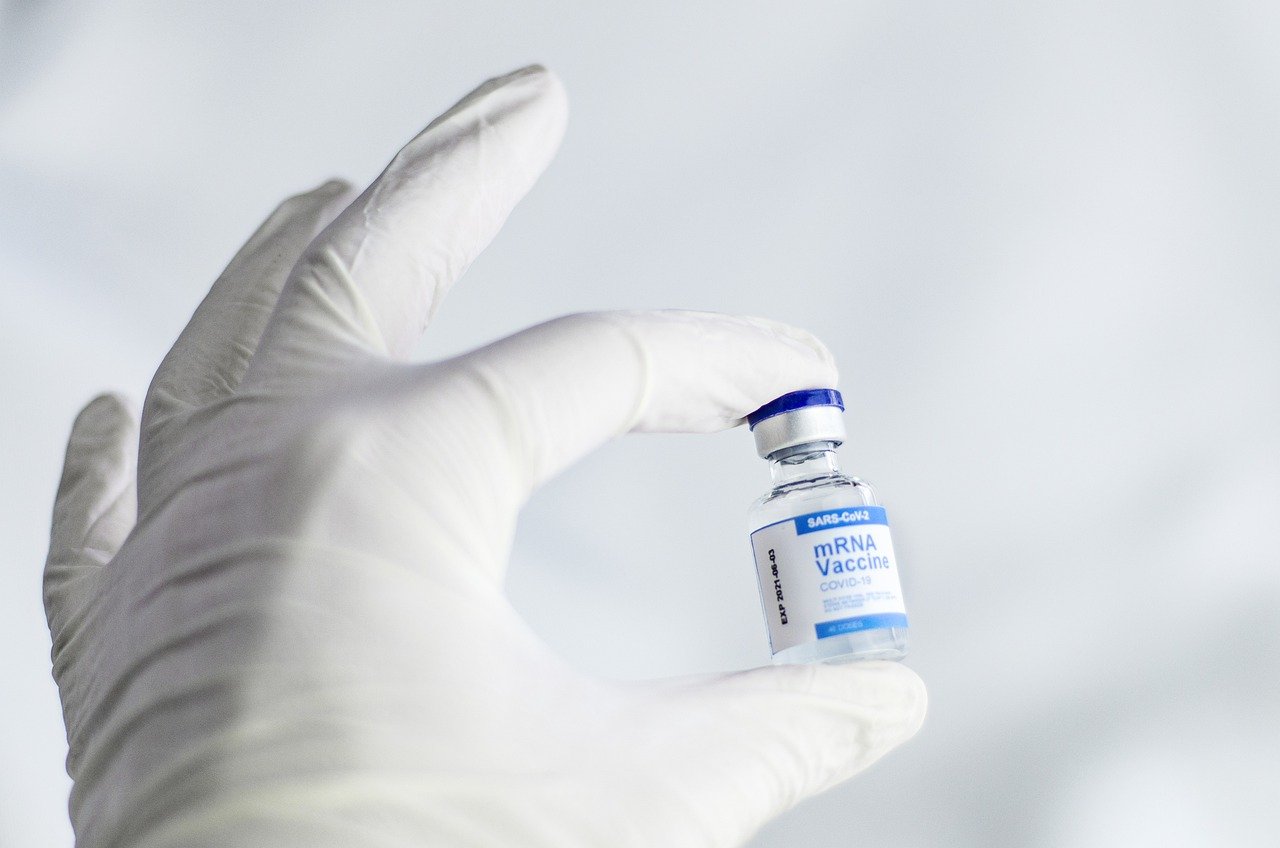Americans who want to treat their MS with a stem cell transplant have a tough road to follow. They’re forced to travel to Russia, Mexico, or somewhere else out of the country and to spend a lot of money to avoid the U.S. Food and Drug Administration’s stem cell treatment barrier. But now, a crack may be appearing in that wall.
An article in STAT reports on surgeons at Houston’s Memorial Hermann Hospital who are trying to limit the damage of traumatic head injuries with a treatment involving stem cells. In a clinical trial, the procedure under study draws bone marrow cells, including stem cells, from an injured patient. Then, the cells are infused back into the patient. The goal is to restrict the patient’s immune response to the head injury, which can sometimes spiral out of control, flooding the brain with immune cells for longer than needed and continuing to harm the brain for months. The researchers hope that a cell transplant shortly after the injury will limit that over-response while still promoting anti-inflammatory healing.
The Houston trial has enrolled about 14 of the 55 patients it needs for its adult trial and about 38 of 50 patients for a pediatric trial. (You can’t volunteer for either trial. The head injuries must be so severe that the patients are unconscious. Family members provide consent.)
A new program called RMAT
The FDA has approved this clinical trial under a new designation called regenerative medicine advanced therapy (RMAT). According to STAT, the idea of RMAT “is to promote therapies in regenerative medicine that show the greatest potential.” Reporter Andrew Joseph believes this “signals that the [FDA] sees at least some promise in the experimental treatment and that opens up the possibility of a speedier approval.”
Since introducing its new RMAT designation in 2017, the FDA has pinned that tag onto about 15 therapies involving cells and tissues. “They want to speed up the [clinics] that they see as good citizens,” said Paul Knoepfler, a stem cell scientist at the University of California, Davis. On the other hand, the FDA appears to be cracking down on shady stem cell clinics, the ones that offer unproven, possibly dangerous treatments that can also be expensive. It’s sort of a good-cop, bad-cop process going after the bad clinics while trying to encourage research by clinics who play by the rules.
A dozen therapies received RMAT status in 2017, according to BioInformant, and at least three have been added so far this year. The medical problems they’re treating range from osteoarthritis of the knee to leukemia to thermal burns. Unfortunately, multiple sclerosis is not among the illnesses with an RMAT trial, at least not yet.
Let’s hope, however, that the RMAT program brings us a little closer to the day when stem cells can be used to treat our disease.
This post firs appeared as my column on www.multiplesclerosisnewstoday.com.



